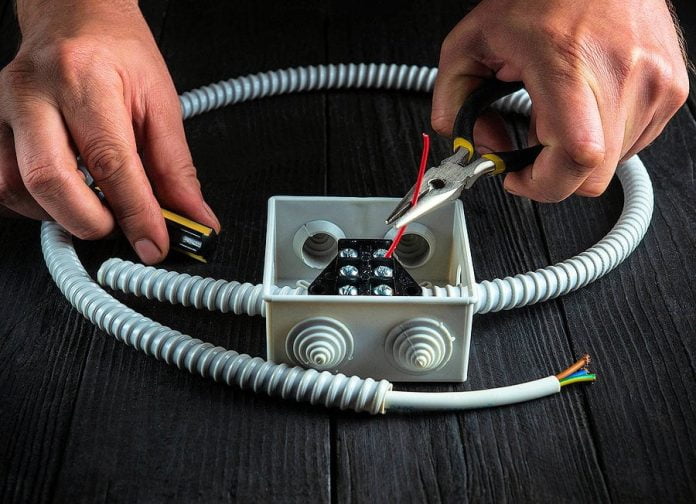While security managers and system designers seldom give this area a great deal of thought, installers should pay attention to minimizing the vulnerability of field wiring.
As you carry out your installation that wiring is one of the weakest links in the system. It crosses from secure in unsecure areas and it crosses boundaries from walls into ceilings, in some cases it will go from one premises to another. While high security sites use steel wire armour cables and grounded conduits, this won’t be an option in most domestic and commercial sites.
Instead, ensure that cabling is as far as possible kept out of site behind walls and in ceilings, even under carpet in low traffic areas. Pay attention to the security of your power supply. Too many alarm panels are installed beside a wall socket and simply plugged into it. This means there’s no integrity of supply and alarm systems can be tampered with more easily.
Another mistake is running sensor cabling across walls. Even in instances in which surface mounting of cabling can’t be avoided, use conduit and take the cable as high as possible regardless of installation difficulty (within reason).
Something we see in many installations is key pieces of security infrastructure exposed – this includes adjacent power outlets, comms boxes, fuse boxes, network connection points cabling, poly conduits, even bare cables. It’s not easy when you’re installing system components directly onto reinforced concrete but cabling and power should still be secured.
Short cuts like fully exposed power points might be ‘acceptable’ when hardware is located inside access-controlled network rooms but we see them in building carparks and foyers – it’s poor practise.
#sen.news









